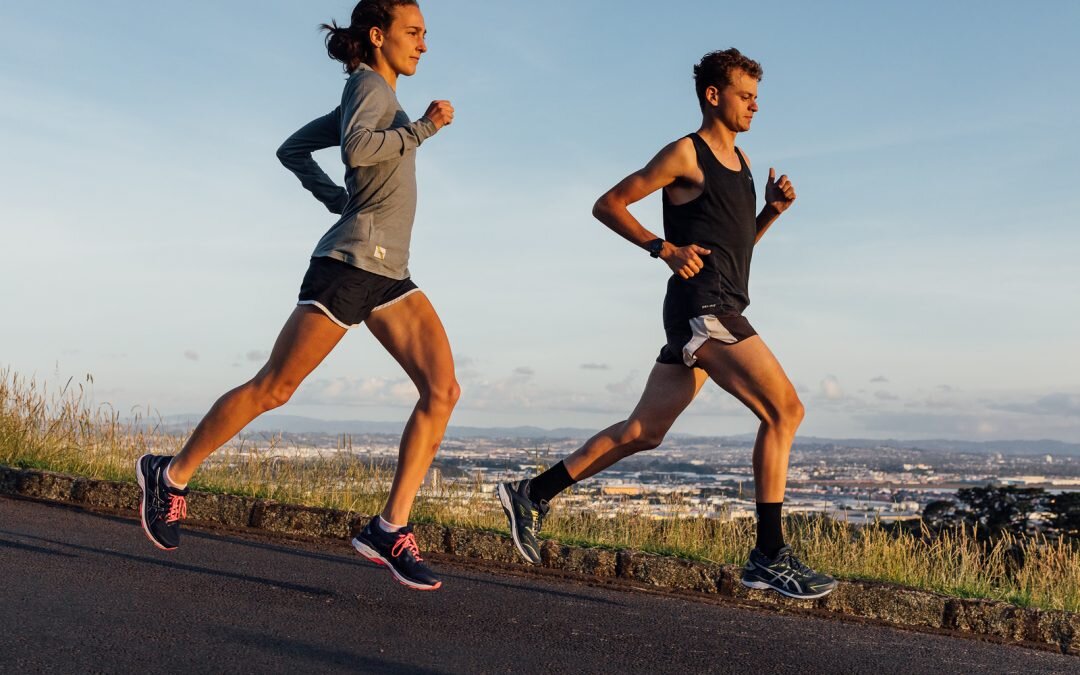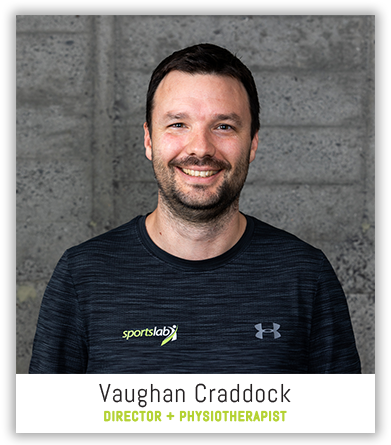Running Form – A Merging of Science and Art
When it comes to running form, there are currently overwhelming amounts of information available. One common school of thought we have noticed is one that teaches you that you need to run in a very prescriptive way. Proposing that “your cadence should sit around 180, that you should land on your forefoot, or that you should learn and adopt the pose method” are common instructions amongst many others. But here at the Lab, we feel that claiming every person must run in a specific way is far too prescriptive, specific and ultimately over-simplified. Although we agree in keeping things as simple as possible, we also believe running form (re)training needs to be individualised, and it’s important to understand that there’s no one perfect way to do it, and variability in running parameters is OK.
Despite our belief that you can’t “cookie cutter” running, we believe you must possess a sound base of knowledge across a wide range of topics including but not limited to biomechanics, kinematics, and movement patterns to achieve optimal results with minimal risk. From assimilation of these wide-ranging skills sets, we feel there are certain things we need to consider which informs whether it is appropriate to treat someone with running form retraining or not:
Running Form is Often Just an Indicator
Running form is often not just about the way that someone habitually moves. In a lot of cases, dysfunctional running movement patterns is secondary to a structural dysfunction. Therefore, we need to assess someone’s physical or structural range of motion. This includes not just muscular range but also fascial range and neurological range. This helps us understand why someone is moving in a particular way; for instance, if someone is running with poor hip range of motion and we attempt to treat this with running cueing alone and fail to assess and treat an underlying hip flexor tightness then all it will result in is a different dysfunctional movement secondary to tight hip flexors. That is, if we manage to make any changes at all. If instead we treat relevant physical restrictions first, then we might just see that those dysfunctional running parameters it causes manages to sort themselves out.
Running Form is About Global Movement
The human body is not the sum of its parts. Every movement has a cascade of effects on other areas of the body, in all three planes of motion. So, changes in running form should never be made without understanding the entire picture and the impact this will have not just locally, but globally. Just because, for example, the “ideal” local running parameter is for the tibia (lower leg) to be vertical when the foot first contacts the ground, it doesn’t mean that everyone will benefit from making these changes to their running form. If making that change is creating less efficient movement patterns further up the body, then this change can result in negative impact on running efficiency and injury risk. To correctly change running form, there needs to be a firm understanding of flow on effects. We need to read each piece of data in the wider context rather than in isolation. Instead of making wholesale, isolated changes we should instead be teaching efficient movement patterns and allowing the runner to put these together in a way that is meaningful to them. After all, injury risk is dependent on efficiency of force application not on specific movement patterns.
Running Form is About Adaptability and Progression
Normative values are an indication only. So instead of cueing an array of rigid rules on how the body should ultimately be moving, we should be teaching adaptability. But the body needs to be ready for adaptation. You can’t be in a high training load with high stress load and be making significant changes in your running form- something has got to give. If the body is not ready for adaptation, it will still adapt, but it will likely be negative adaptation rather than positive. Because running form is about adaptability, retraining should never be a rushed process. It needs to be progressive, intentional and match the rate of your bodies adaptability. There needs to be enough time for the body to positively adapt before moving on to the next variable or skill set. There is no point layering on more changes before the body has sufficiently adapted fascially and/or neurologically to what you are currently working on. Running form retraining, like improvement in running performance measures takes time and requires appropriate prescription and periodisation for best results. So, there should be appropriate progressions of achievable and increasing levels of skill and complexity.
Running Form is a Beautiful Blend of Science and Art
We love running form because we think it’s an elegant merge of science and art. There is so much science in circulation on running form- the ideal angles and lines- the kinematics and the exact kinetics or sequencing as to how it should all play out. But experience tells us that just because it’s good maths it doesn’t make it good movement. We use science to inform the art of running but running form can’t just be focused on science alone.
Running form training needs to be individualised and we need to understand that variability in running parameters is okay. That’s why we approach running form a little differently here at the Lab.
First, we need to assess someone’s physical or structural range of motion. This includes not just muscular range but also fascial range and neurological range. This helps us understand why someone is moving in a particular way. For instance, if someone is running with poor hip range of motion and we attempt to treat this with running cueing alone and fail to assess and treat an underlying hip flexor tightness then all it will result in is a different dysfunctional movement secondary to tight hip flexors. That is, if we manage to make any changes at all.
Running is simply physics. Every action has an equal and opposite reaction.
We also need to understand that the human body is not the sum of its parts, and that every movement has a cascade of effects on other areas of the body. Changes should never be made without understanding the entire picture and the impact this will have not just locally, but globally. This is something that commonly gets missed with the oversimplification of running form. Just because, for example, the “ideal” local running parameter is for the tibia (lower leg) to be vertical when the foot first contacts the ground, doesn’t mean that everyone will benefit from making these changes to their running form. If making that change is creating les efficient movement patterns further up the body, then this change can result in negative changes on running efficiency and injury risk. To correctly change running form, there needs to be a firm understanding of flow on effects. We need to read each piece of data in the wider context rather than in isolation. Instead of making wholesale, isolated changes we should instead be teaching efficient movement patterns and allowing the runner to put these together in a way that is meaningful to them.
Normative values are an indication only – so instead of cueing an array of rigid rules on how the body should ultimately be moving, we should be teaching adaptability.
Here are the key points we’d like you to take away about running form, and how we can help you during your next stop at the Lab:
Every piece of data should be put in its wider context and not simply read in isolation. No wholesale changes until you understand the flow-on effect.
Learn efficient movement patterns and put it together in a way that’s meaningful to you.
Learn adaptability not rigid structures.
Rotation is healthy, don’t limit it; learn to have timely and efficient relative rotation.
Needs to be progressive. Intentional. Enough time to positively adapt before moving on to the next thing. no point layering on changes before your body hasn’t adapted fascially or/and neurologically. IT TAKES TIME.
Remember, running form is merge of science and art. Just because it’s good math, doesn’t make it good movement.
Vaughan Craddock is Sports Lab’s director and one of our great physiotherapists. He loves to run and cycle, and is currently enjoying many sleepless nights thanks to a sweet new family addition.


